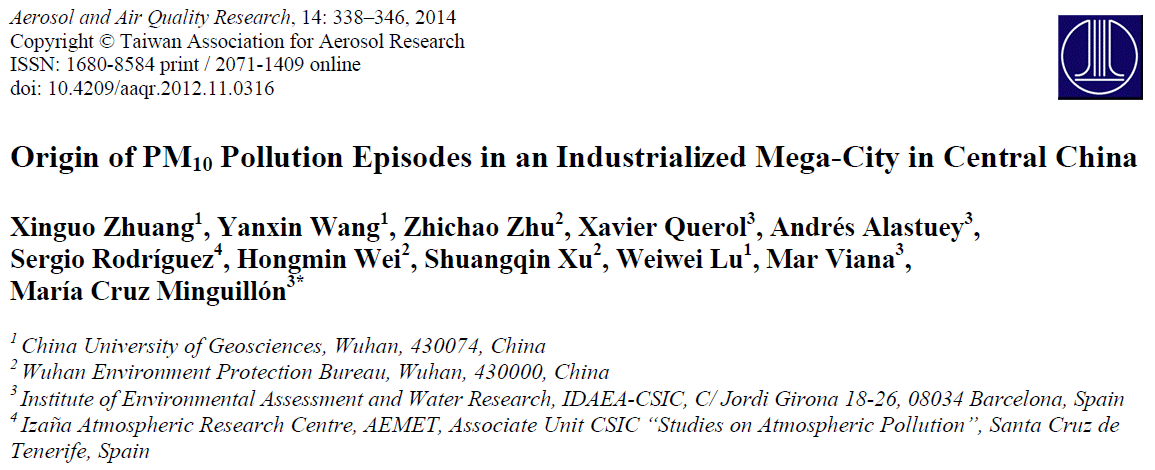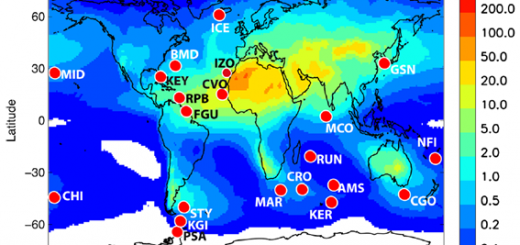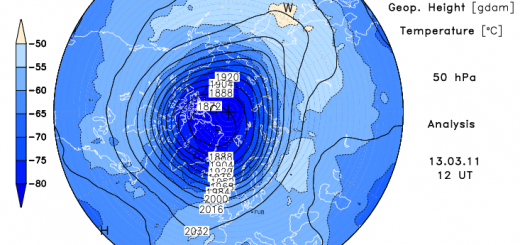Air quality in the megacity of Wuhan, China. New study published in the journal Aerosol and Air Quality Research.
![]()

The journal Aerosol and Air Quality Research publishes a study on the origin of the pollution episodes caused by PM10 particles in Wuhan megacity, China. This is an industrial city with more than 9 million population. Monsoon exerts an important influence on the seasonal distribution of pollution episodes in this part of China. High PM10 concentrations are recorded during the anticyclonic scenarios linked to dry and cold winter, which prompts temperature inversions at low levels in the city. Daily concentrations of PM10 may exceed 300 µg/m3 in these events; a value that is 6 times higher than the EU standards for air quality. The identification of the scenarios in which the events take places allows a better prevention and planning to the air quality managers and health authorities.
This study was developed by the China University of Geosciences, Wuhan Environment Protection Bureau, Reseacrh Council of Spain (CSIC) and the Izaña Atmospheric Research Centre.
Publication:
|
Title: Origin of PM10 Pollution Episodes in an Industrialized Mega-City in Central China. (Link) Aerosol and Air Quality Research, 14: 338–346, 2014. |







